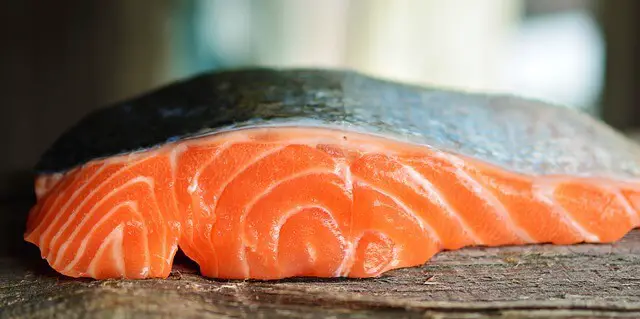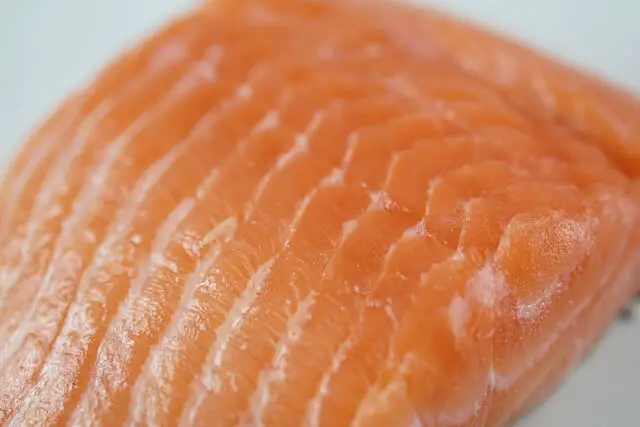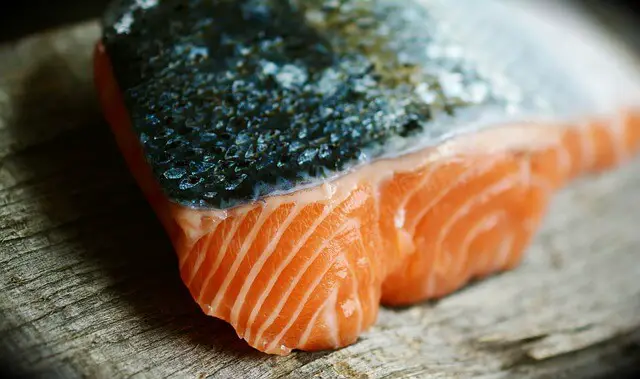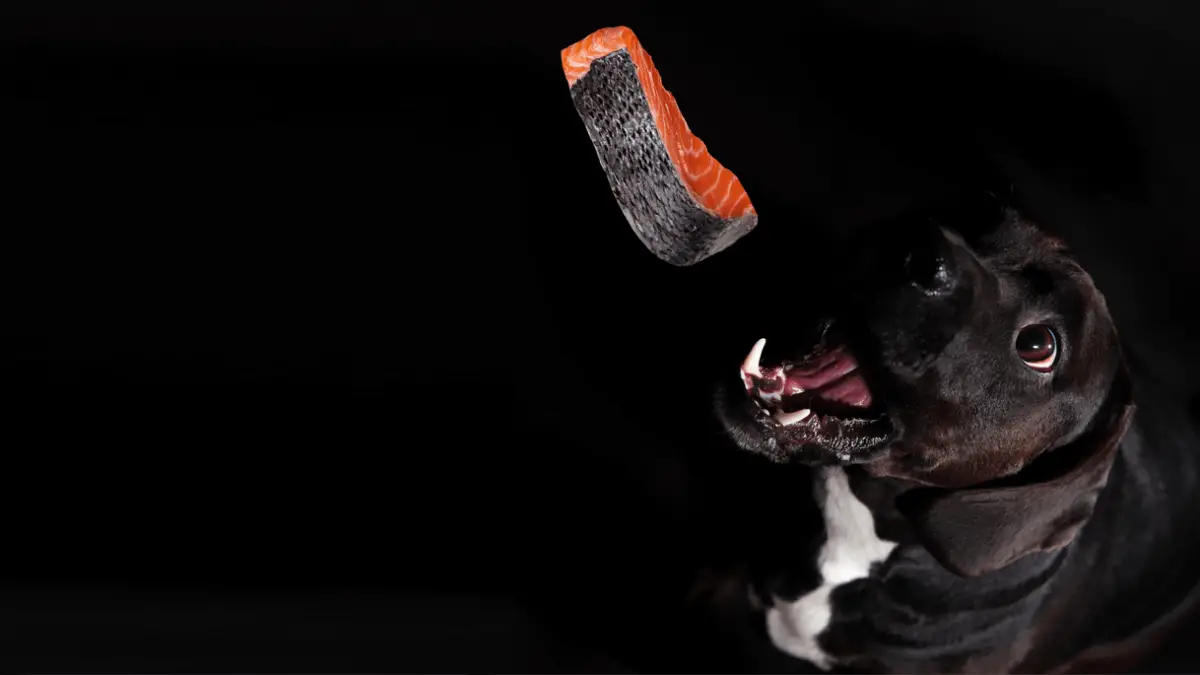Can Dogs Eat Salmon?
15.01.2021.
Salmon is considered one of the healthiest foods for humans; some even call it a superfood. But what’s the case when it comes to dogs? Well, the situation is pretty similar, and salmon is hugely beneficial for dogs.
Salmon makes excellent dog food, and some premium dog foods include salmon. There is a good reason for that, and it is mostly because salmon is an excellent protein source. Many dogs, especially smaller breeds and crossbreeds, have chicken allergies. Salmon makes a fantastic alternative, and you will probably see the many benefits your dog will receive from switching to this type of dog food.
Health benefits salmon offers
Fish can be rich in omega-3 fatty acids, and none more so than salmon. It is an excellent, healthy nutrient that is vital for different body functions in humans and dogs. Salmon is full of other beneficial nutrients that will help your dog, and some of the best nutrients are:
- Protein - It is a vital part of any well-balanced diet. It helps the body produce and repair muscle and other body tissue.
- Omega-3 fatty acids - Omega-3 fatty acids are often added as a supplement to dogs. Salmon is a great natural source of it, and it helps the dog’s bones, skin, and joints.
- Vitamin A - Vitamin A plays a vital role in normal vision, immune system, and reproduction. Not only that, it helps the lungs, kidneys, heart, and different organs to work correctly.
- Vitamin B-complex - Vitamin B-complex is a fantastic addition to your dog’s diet. It helps their cell growth and health, especially the development of red blood cells.
- Zinc - Zinc plays a vital part in the proper immune system functioning, wound healing, and metabolism.

There are different effects salmon has on a dog’s health, and many owners said they can clearly see them after a short time. Salmon-based food will affect:
- Dog’s joint mobility
- Decreases inflammation
- Eases arthritis symptoms
- Helps with skin irritations and allergies
- Boosts the immune system
- Boosts brain functions
Osteoarthritis can be a problem for senior dogs. You can read more about it here - Osteoarthritis In Dogs.
Can salmon be bad for dogs?
There are potential risks every dog owner needs to know about if they consider feeding their dog salmon. Salmon offers plenty of benefits, but if you are preparing it at home or feeding it raw to your dog, you should be careful of two things - parasites and bacteria.
Fluke
Salmon can often be contaminated by a nasty little parasite called fluke. It is a flat, worm-like parasite that can indirectly cause health problems if it is ingested by a dog. Fluke can cause
- Diarrhea
- Vomiting
- Dehydration

Bacteria
Raw salmon can contain a bacteria called Neorickettsia helminthoeca. It is responsible for a disease called “salmon poisoning disease,” and it is often found in Pacific Northwest. Salmon poisoning disease can cause:
- Vomiting
- Fever
- Diarrhea
- Lymph node enlargement
- Dehydration
- Death
Death can occur only if the disease is left untreated, but all of these symptoms should be enough of a reason not to risk giving your dog raw salmon. Plus, bones can cause intestinal blockage and perforation.
How to feed your dog salmon?
There are plenty of ways to safely feed your dog salmon, even if you decide to prepare it at home. There are a few steps you should follow, and make sure you follow them to avoid endangering your dog. If you do not want to prepare it yourself, there are plenty of available options on the market these days.
Industrial salmon-based foods
There is a large number of dog food manufacturers that have salmon-based dog foods. The salmon in industrial food is properly prepared and safe for consumption. They are available in pet shops, online, or even in your vet’s office. Make sure you ask your vet for advice on dog food containing salmon.

Home-made salmon for dogs
Salmon can be safely prepared at home. If you make sure salmon meat is adequately treated and prepared, your dog will receive all the benefits and none of the risks. If you follow these 5 steps, you will safely prepare it for your dog;
1. Pick a fresh salmon and examine the fish upon the purchase.
2. Remove bones, guts, heads, and skin.
3. Cook the fish thoroughly. Make sure it reaches the inner temperature of at least 145 degrees F. Do not use any seasoning like salt; you can only add a bit of virgin olive oil.
4. Cut the cooked fish into small pieces to make sure there are no bones left.
5. Wait till the fish cools down, and add it to your dog’s meal.
If you followed these steps, your dog would enjoy a healthy and beneficial meal they will love. Not only is it good for them, but it will also taste amazing. Just remember, ask your vet for advice and guidance before deciding to add anything new to your dog’s diet.
World Dog Finder team







Share